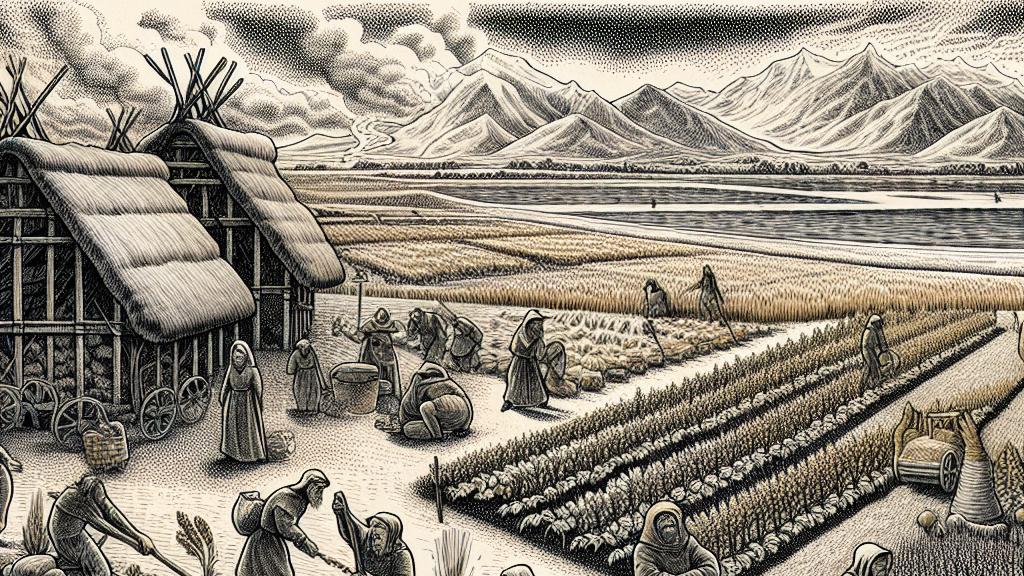Exploring How Ancient Farmers Adapted to Changing Climates
Overview
- Examines the remarkable agricultural adaptations in northeastern Europe.
- Showcases the ingenuity and resilience of ancient farming communities.
- Provides critical lessons for modern sustainable agricultural practices.

Adapting to a Shifting World
In the picturesque regions of northeastern Europe, ancient farmers faced an ever-changing climate, which posed significant challenges to their survival. Over two millennia, these resourceful communities underwent a remarkable transformation, shifting from the cultivation of thermophilic millet—a crop thriving in warm conditions—to heartier plants like buckwheat that could withstand the colder weather. This shift wasn’t merely a response to climate; it embodied a proactive approach to farming. Researchers from Vilnius University painstakingly examined archaeological evidence, revealing a tapestry of adaptation varied by season and need. For instance, these farmers introduced buffer crops strategically to ensure food security during poor harvest seasons. This impressive adaptability underscores the resilience and ingenuity of these ancient societies, reminding us that innovation in agriculture has deep roots in human history.
Lessons from the Past
Reflecting on agricultural history unveils invaluable lessons about resilience and adaptation in the face of climate changes. During the infamous Little Ice Age, comfort and survival hinged upon these communities’ quick adaptations. As traditional millet crops withered under the harsh conditions, farmers turned to rye and buckwheat instead, crops that flourished in the abrasive climate. These choices not only fed families but also shaped the culinary landscape of the era. Fast forward to today, where climate change poses similar challenges, and we find ourselves looking back at these strategies with fresh interest. By embracing practices like crop diversification and selecting drought-resistant varieties inspired by our ancestors, modern agriculturalists can navigate their own crises, effectively echoes of innovative methods from the past. It’s astounding how history can inform our future choices.
The Cultural Fabric of Agriculture
Agriculture is more than just food production; it is a woven patchwork of culture, identity, and tradition. Imagine hearty bowls of buckwheat porridge nourishing laborers as they worked tirelessly in the fields, their lives interconnected with the rhythm of seasons. Ancient culinary dishes, influenced by agricultural practices, provide a window into their society’s values and challenges. Experts emphasize the profound importance of studying these culinary shifts; they reveal how food choices reflect environmental adaptations. For instance, the gradual shift from millet to more resilient crops illustrates a community's innovation in the face of adversity. Thus, these historical practices are not mere relics; they offer a treasure trove of wisdom for contemporary farming. By resurrecting ancient customs such as community-based farming and soil preservation, today’s farmers can cultivate not only crops but also a sustainable future built on the lessons of our predecessors. Engaging with these narratives enriches our understanding and challenges us to consider how we can successfully interlace past wisdom with present-day challenges.

Loading...